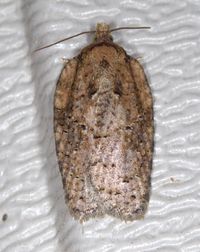
| Recorded by: Jim Petranka on 2025-11-14
Madison Co.
Comment: Specimen was dissected (female). | 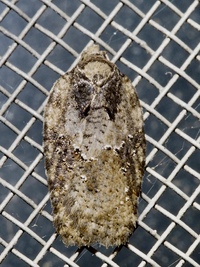
| Recorded by: Merrill Lynch on 2025-09-10
Watauga Co.
Comment: |

| Recorded by: Simpson Eason on 2025-07-11
Durham Co.
Comment: | 
| Recorded by: David George, Jeff Niznik, Rich Teper on 2025-03-28
Chatham Co.
Comment: |
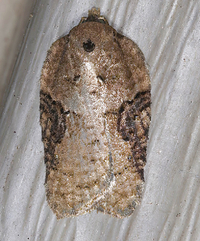
| Recorded by: Jim Petranka on 2024-10-19
Madison Co.
Comment: | 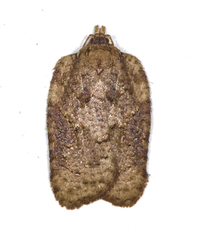
| Recorded by: Jim Petranka and Becky Elkin on 2024-08-15
Madison Co.
Comment: A reared adultvfrom a leaf roll on Red Maple (see companion photo of larva from 2024-07-19). |
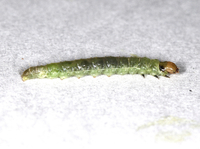
| Recorded by: Jim Petranka on 2024-07-19
Madison Co.
Comment: Larva from a leaf roll on Red Maple (adult reared). | 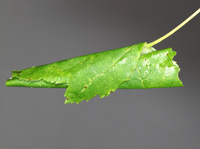
| Recorded by: Jim Petranka on 2024-07-19
Madison Co.
Comment: A leaf roll on Red Maple. |
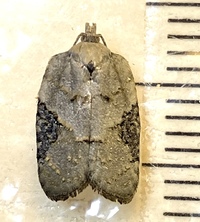
| Recorded by: Ken Kneidel on 2024-06-30
Mecklenburg Co.
Comment: A reared adult from Red Maple. | 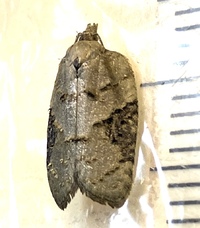
| Recorded by: Ken Kneidel on 2024-06-30
Mecklenburg Co.
Comment: |
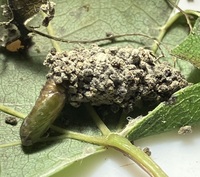
| Recorded by: Ken Kneidel on 2024-06-22
Mecklenburg Co.
Comment: A pupa protruding from a frass covered cocoon; adult emerged on 2024-06-30 (see companion photo). | 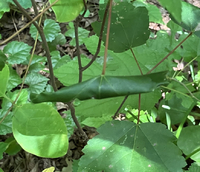
| Recorded by: Ken Kneidel on 2024-06-22
Mecklenburg Co.
Comment: A leaf roll of Red Maple that was collected on 6/18/24; pupa was found within the roll on 6/22/24; adult emerged on 6/30/24 (see companion photos). |
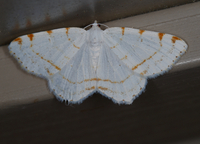
| Recorded by: Jim Petranka on 2024-06-21
Madison Co.
Comment: | 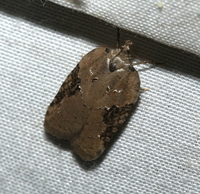
| Recorded by: David George, Jeff Niznik on 2024-04-01
Chatham Co.
Comment: |
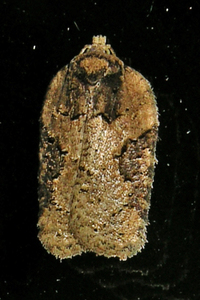
| Recorded by: Owen McConnell on 2023-10-24
Graham Co.
Comment: | 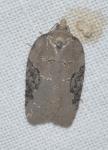
| Recorded by: K. Bischof on 2023-05-25
Transylvania Co.
Comment: |
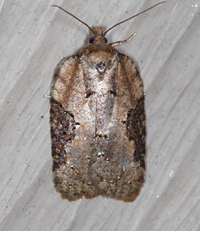
| Recorded by: Jim Petranka on 2023-04-12
Madison Co.
Comment: | 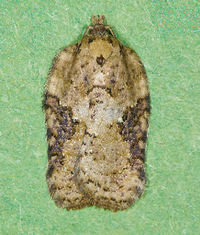
| Recorded by: Jim Petranka on 2022-08-30
Transylvania Co.
Comment: An adult that was reared from a leaf roll on Red Maple; leaf roll on August 2; adult emerged on August 30, 2022. |

| Recorded by: Jim Petranka on 2022-08-30
Transylvania Co.
Comment: View of a cocoon made of frass and silk, along with the pupal skin. | 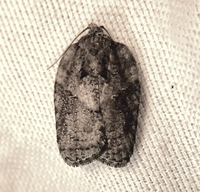
| Recorded by: Ken Kneidel on 2022-08-22
Yancey Co.
Comment: |
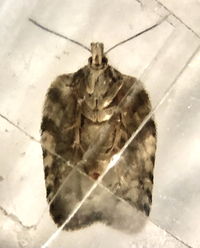
| Recorded by: Ken Kneidel on 2022-08-22
Yancey Co.
Comment: | 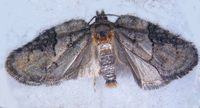
| Recorded by: J.B. Sullivan on 2022-08-17
Ashe Co.
Comment: An adult that was reared from a rolled leaf on Red Maple. |

| Recorded by: Ken Kneidel on 2022-08-06
Yancey Co.
Comment: | 
| Recorded by: Ken Kneidel on 2022-08-06
Yancey Co.
Comment: A leaf roll of Red Maple; adult was reared. |

| Recorded by: Jim Petranka on 2022-08-02
Transylvania Co.
Comment: An occupied leaf roll on Red Maple. | 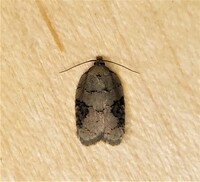
| Recorded by: Gary Maness on 2022-07-17
Guilford Co.
Comment: |

| Recorded by: Kyle Kittelberger on 2020-04-13
Wake Co.
Comment: | 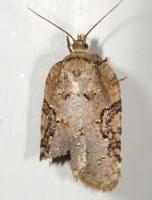
| Recorded by: Jim Petranka on 2019-12-09
Madison Co.
Comment: |

| Recorded by: Julie Tuttle on 2017-04-15
Chatham Co.
Comment: |

 »
»




 »
»


